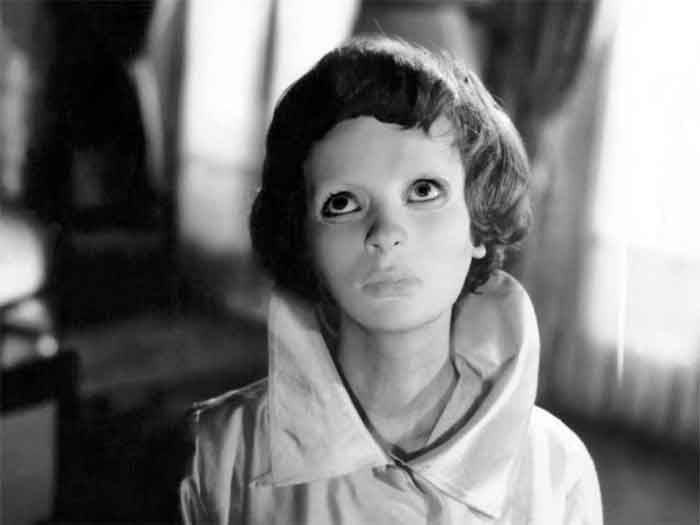In 1960, French director Georges Franju created something that shouldn’t exist: a horror film that’s simultaneously brutal and beautiful, grotesque and graceful. Eyes Without a Face (Les Yeux sans visage) remains one of cinema’s most unsettling achievements precisely because it refuses to choose between art and exploitation, between poetry and terror.
The plot is deceptively simple. Dr. Génessier, a brilliant surgeon consumed by guilt, keeps his daughter Christiane hidden away after a car accident—one he caused—has destroyed her face. Aided by his devoted assistant Louise, he kidnaps young women, attempting to graft their faces onto Christiane’s ruined features. Each surgery fails. Each failure demands another victim.
What elevates Franju’s film beyond its Grand Guignol premise is its extraordinary visual sophistication. Cinematographer Eugen Schüfftan—who won an Oscar for The Hustler the following year—bathes the film in an ethereal, dreamlike quality. The doctor’s isolated villa exists in a perpetual twilight, while Christiane drifts through its corridors like a ghost, her face hidden behind an expressionless porcelain mask that has become one of horror’s most iconic images.

That mask is the film’s masterstroke. Actress Edith Scob’s eyes peer through it with devastating effect—sometimes pleading, sometimes vacant, always profoundly human. Franju understood that true horror lies not in showing us the monster, but in making us feel trapped behind its face.
The surgery sequences retain their power to disturb, shot with clinical precision that makes them feel like documentary footage stumbled upon by accident. When British audiences first saw the film in 1960, some fainted. But Franju isn’t interested in gore for its own sake; he’s exploring the violence inherent in trying to restore beauty, the moral bankruptcy of treating human beings as spare parts.
Eyes Without a Face arrived at a pivotal moment in horror cinema, bridging the atmospheric Gothic tradition and the more graphic horrors that would define the 1970s. Its influence echoes through everything from Franju’s student Pedro Almodóvar’s The Skin I Live In to John Carpenter’s Halloween (Michael Myers’ mask is a direct descendant of Christiane’s).
More than six decades later, the film’s central questions remain disturbingly relevant: What do we owe those we’ve harmed? How far would we go to undo our mistakes? And when does love become its own kind of monstrosity?
Franju’s answer, delivered in the film’s unforgettable finale, is as poetic as it is merciless.

It is easier to fool and idiot than to convince them that they have already been fooled.
PLEASE...Stop the Insanity!
Oh Stuart, bless your heart!
She is dead. You people need help.
Rent free, 24/7.